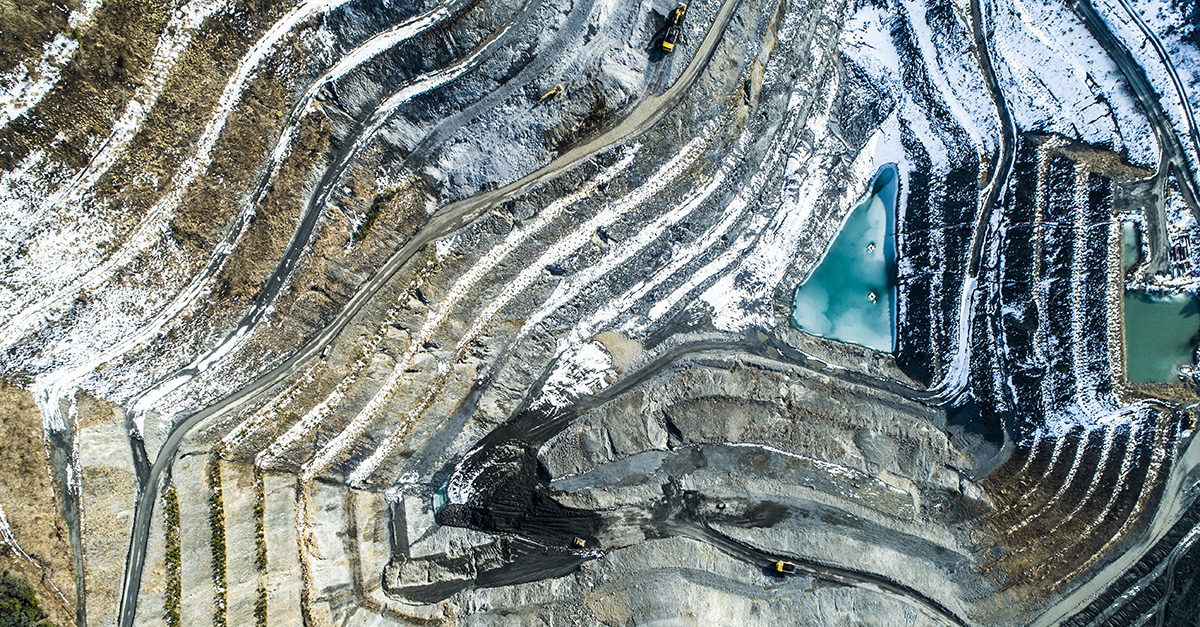
In brief
- Cobalt is an essential battery mineral that will play a crucial role in the transition to a low carbon economy. However, 60%-70% of cobalt globally comes from the Democratic Republic of the Congo, where allegations of child labour and human rights abuses in cobalt mines are rampant.
- Given the uncertainties surrounding mineral supply chains and the growing regulatory focus on human rights due diligence in mineral sourcing, the failure to source cobalt responsibly could leave companies exposed to significant financial and reputational risks.
- To navigate this complex issue, it’s important to be able to evaluate how companies are assessing the human rights and child labour risks in their cobalt supply chains, and the actions they are taking to prevent or mitigate these risks.
- Our engagement suggests that many companies are taking positive actions on responsible cobalt sourcing, but there are several areas for improvement that investors should be aware of as industry practices develop, and as regulatory scrutiny increases.
The problem with cobalt
The central role of battery technology in the carbon transition presents compelling long-term opportunities for investors as electrification transforms the global economy. However, rising demand for batteries also raises difficult questions, given the well documented human rights issues that surround the mining of the crucial minerals needed to make them. With regulatory pressures increasing, companies across a wide range of sectors could face significant reputational and financial penalties if they fail to carry out sufficient due diligence on mineral sourcing.
Using the knowledge gained from our own enhanced engagement on cobalt sourcing, we have identified some industry practices that companies are adopting to help assess human rights risks in their supply chains and the methods they are using to help mitigate these risks. We also highlight the common areas where improved due diligence and stakeholder pressure are still required.